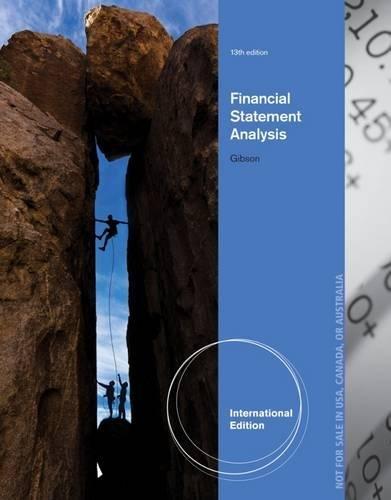Question
Assume, an investor purchases a 10-year, 6% annual coupon payment bond at $90 per $100 of par value. The investor receives a series of 10
Assume, an investor purchases a 10-year, 6% annual coupon payment bond at $90 per $100 of par value. The investor receives a series of 10 coupon payments of $6 (per 100 of par value) for a total of $60, plus the redemption of principal ($100) at maturity. In addition to collecting the coupon interest and the principal, the investor has the opportunity to reinvest the cash flows.
Answer the following questions based on this information:
26) If the investor buys the bond and holds it until maturity, which is least likely to contribute to their return?
a) Principal payment b) Capital Gain c) Reinvestment of the coupon payment __________
27) If the investor buys the bond and holds it until maturity which of the following sources of return is most likely exposed to interest rate risk?
a) Reinvestment of coupon payments b) Capital Gain or loss c) Redemption of principal __________
28) If the coupon payments are reinvested at 8%, per 100 of par value, what is the future value of the reinvested coupons at the end of the 10-year reinvestment period?
a) $79.085 b) $86.919 c) $82.899 __________
29) Based on your answer from #28, and assuming you receive par back at maturity, the total return for this investment at the end of 10 years is:
a) $179.085 b) $186.919 c) $182.899 __________
30) What would the realized rate of return (%) be on this investment?
a) 7.582% b) 7.123% c) 7.349% __________
31) Lets assume the investor in this security decided to sell the bond after 4 years. What would be the future value of reinvested coupons at this point again remembering that the investor is reinvesting the 6% coupons at an interest rate of 8%.
a) $26.248 b) $26.639 c) $27.037 __________
32) If the investor sells the 10-year, 6% annual coupon bond after 4-years, assuming the coupons payments can be reinvested at 8% for its 10-year life, what would they realize in sale proceeds in year 4?
a) $90.754 b) $100.000 c) $95.234 __________
33) The total return from the sale of the bond after 4-years is:
a) $127.037 b) $117.393 c) $117.791
34) What would the realized rate of return (%) be on this investment, again remembering that it was sold in year 4?
a) 8.999% b) 6.959% c) 6.869% __________
35) In this example where the investor purchased the bond at $90 (discount price) and 4 years later sold the bond, the resulting gain or loss they incurred on the security is determined by comparing the sale price to the:
a) Original purchase price b) Carrying Value c) Original purchase price plus the amortized amount of the premium __________
36) An investor buys a 6% annual payment bond with 10 years to maturity. The bond has a YTM of 8% and is currently priced at $86.580 per 100 of par. What is the bonds Macaulay Duration?
a) 7.2469 years b) 7.8017 years c) 7.6151 years
Step by Step Solution
There are 3 Steps involved in it
Step: 1

Get Instant Access to Expert-Tailored Solutions
See step-by-step solutions with expert insights and AI powered tools for academic success
Step: 2

Step: 3

Ace Your Homework with AI
Get the answers you need in no time with our AI-driven, step-by-step assistance
Get Started


